ABOUT THE AUTHOR

Jeff Riggenbach, Ph.D., LPC, is a licensed professional counselor in the state of Oklahoma. He is currently on staff at Brookhaven Psychiatric Hospital and Clinic in Tulsa where he coordinates their Borderline Personality Disorder Program as well as their Mood and Anxiety Disorders Treatment Program. Dr. Riggenbach trained at The Beck Institute of Cognitive Therapy and Research in Philadelphia, and lectures nationally and internationally on topics related to CBT and personality dysfunction. He is a Diplomat of the Academy of Cognitive Therapy, a member of The Beck Institutes Speakers Bureau, and has served as a site director for an international outcome trial treating individuals with BPD.
Dr. Riggenbach is known for bridging the gap between academia, research findings and day-to-day clinical practice, and his seminars on DBT, CBT, and Schema-Focused Cognitive Therapy receive the highest evaluations in terms of clinical utility as well as entertainment value.
Chapter 1 CBT 101
One day, while on my way to a speaking engagement, there was some confusion with my plane ticket, which had been purchased some three months in advance. After doing some scrambling, the airline accommodated me and got me in one of the last seats on the flight. I was flying on a plane that had two seats on one side of the aisle and three seats on the other side. Having received one of the last tickets on the entire flight, of course I was assigned one of those highly coveted middle seats. Not a petite individual myself, I was less than thrilled to discover my assigned seat was in between two clinically obese people!
There I was, jammed in between these two individuals with no room to move at all. It didnt take long before the person on my right began sweating profusely. With no room to move, her sweat began dripping on meif you fly much, you know they dont start circulating the air until the plane begins taxiing toward the runway for takeoff. Then we had some minor mechanical difficulty, so I was sandwiched in, no room to move at all and, as if it couldnt get any worse, a lady in front of me started changing her babys diaper! I was jammed in there, no room to move at all, accumulating sweat by the moment, with a horrible stench emanating throughout the cabin. Any guesses how I felt? Wouldnt everyone in that situation feel the same way? As I turned my head, I noticed the lady on my left smiling, laughing, and saying things like, Goo goo, ga ga and playing with the baby through the space between the seats. She was trying to help the mother out. She was trying to get the baby to stop screaming. If you had taken a picture of this womans face, you might have guessed she was having the time of her life! Although she was in virtually the same situation as I was, she was experiencing it in a much more enjoyable way. Why? Because she was obviously having different thoughts!
This happened to me fairly recently, and I often share this or similar stories at my seminars. Although it has a bit of a humorous element, it also illustrates, in practical terms, the role ones thought process plays in influencing emotions and, ultimately, impacting ones experience, illustrating the cognitive model of psychotherapy, also known as cognitive behavioral therapy (CBT).
CBT (Beck, 2011) is based on the principle that thoughts influence feelings, feelings influence actions, and actions influence our results, or life circumstances. In other words, situations dont make us feel certain ways. People dont make us feel certain ways. Its how we interpret (or think about) situations or things people say or do that influences how we feel.
So a simplified, linear version of the general model of CBT looks like this:
Event  Thoughts
Thoughts  Feelings
Feelings  Actions
Actions  Results
Results
We experience some kind of an event in life (often referred to as a trigger). How we think about, process, or interpret that event will affect what type of emotions we experience and how intensely we feel them. Feelings often influence actions. And how we choose to respond influences the outcome, or the circumstances in which we find ourselves. You may hear more in-depth explanations, variations, or nuances of this model, but these are the basics you need to understand to get you started.
Lets start with a few commonly asked questions about CBT:
Where in this sequence can I intervene directly to impact the end result?
Do I choose or can I influence events in my life?
Sometimes. Sometimes we put ourselves in situations that make us vulnerable to certain triggers. For example, we choose whom we date, whom we marry, whether we go to certain parties or hang out with certain people, whether we stay at a job or leave it, whether or not to engage in substance use. And sometimes we do not.
We dont choose our parents, our siblings, the situations our caretakers put us in when we are young, who is driving on the road when we are, or natural disasters. We have a say regarding some of the events (triggers) we experience, and others are completely out of our control.
Do I choose my thoughts and feelings?
To answer this question, lets try a brief exercise. Close your eyes. Picture a giraffe. Can you do it? Picture a snowflake. Can you see it? Picture yourself in your best friends house. Can you conjure up these images? Of course you can. Now feel enraged. Just feel it. Can you do it? What did you have to do to feel enraged? You had to think about something that would get you there. Maybe you thought about an ex. Some of you perhaps thought about an issue that ticks you off. Patients will often think about an abusive situation or the jerk that cut me off in traffic. Regardless of what you thought, the point is that its almost impossible to command our feelings. Has anyone ever said to you something like, Oh, come on, theres no need to be depressedyou have so much to be thankful for? How many times has that been helpful? How many of you have said, Oh, thanks for the feedbackIll now choose to be happy? It is worth noting that well-meaning people can say hurtful and invalidating things. Sometimes people want to help but just dont know how. The point here is that we typically dont have direct access to our feelings; we generally only have access to our feelings through our thoughts. So if you have been frustrated when someone told you to just be happy, youre not alone! However, if feelings are influenced by thoughtsand as our exercise just illustrated, we do have some control over our thought lifethen we do have the power to influence our feelings by learning to slowly retrain the way we think. Does that mean we choose all of our thoughts? Absolutely not. We all have thoughts that just come. Sometimes we know exactly where they came from, and sometimes it seems as though they came out of left field. The clinical term for these is automatic thoughts. We all have these thoughts, some of which we will never be able to keep ourselves from experiencing. However, although we dont always have a choice about whether these thoughts appear, once they do, we can get better at increasing our awareness, paying attention to them, and working to change them through the tools this workbook teaches!
What is the difference between thoughts and feelings?
Thoughts are not feelings. A lot of people say things like, I felt like he was scheming against me. That is not a feelingit is a thought. That type of thought often leads to feelings of
Next page
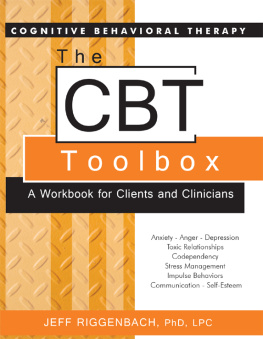
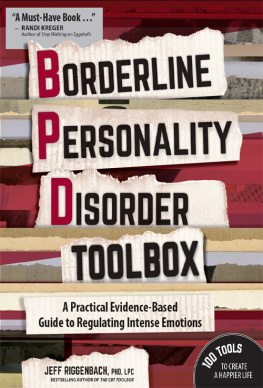
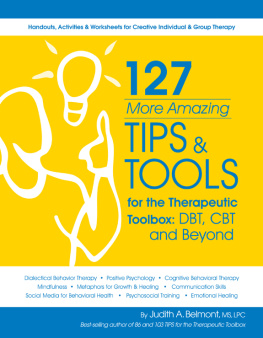
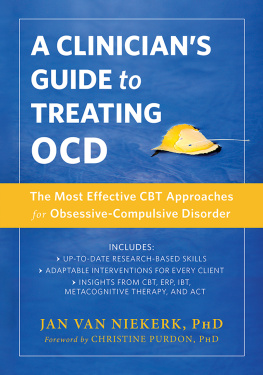
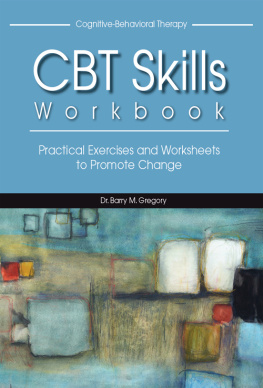
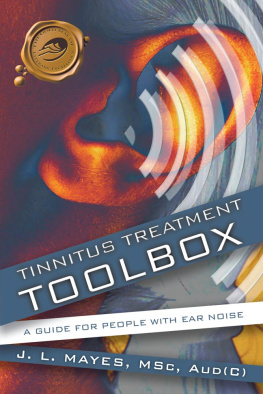
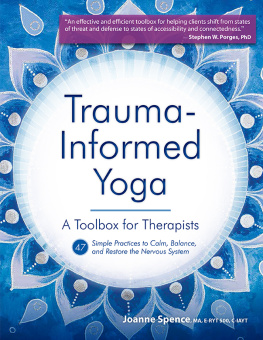
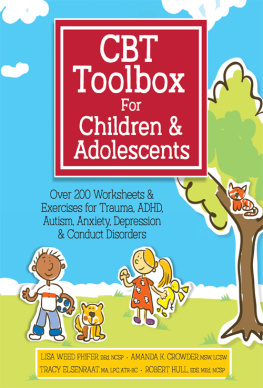
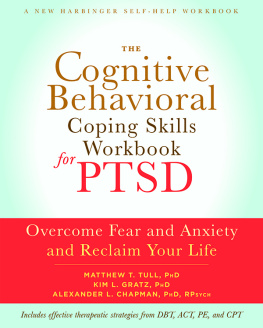
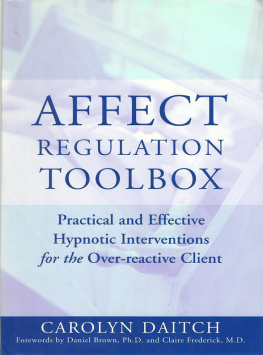
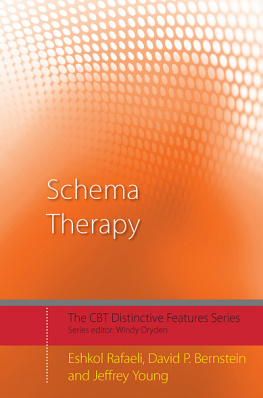
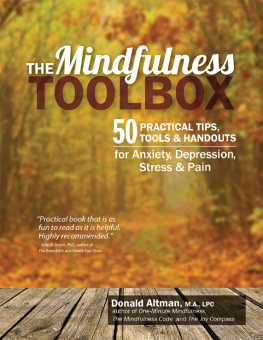


 Thoughts
Thoughts